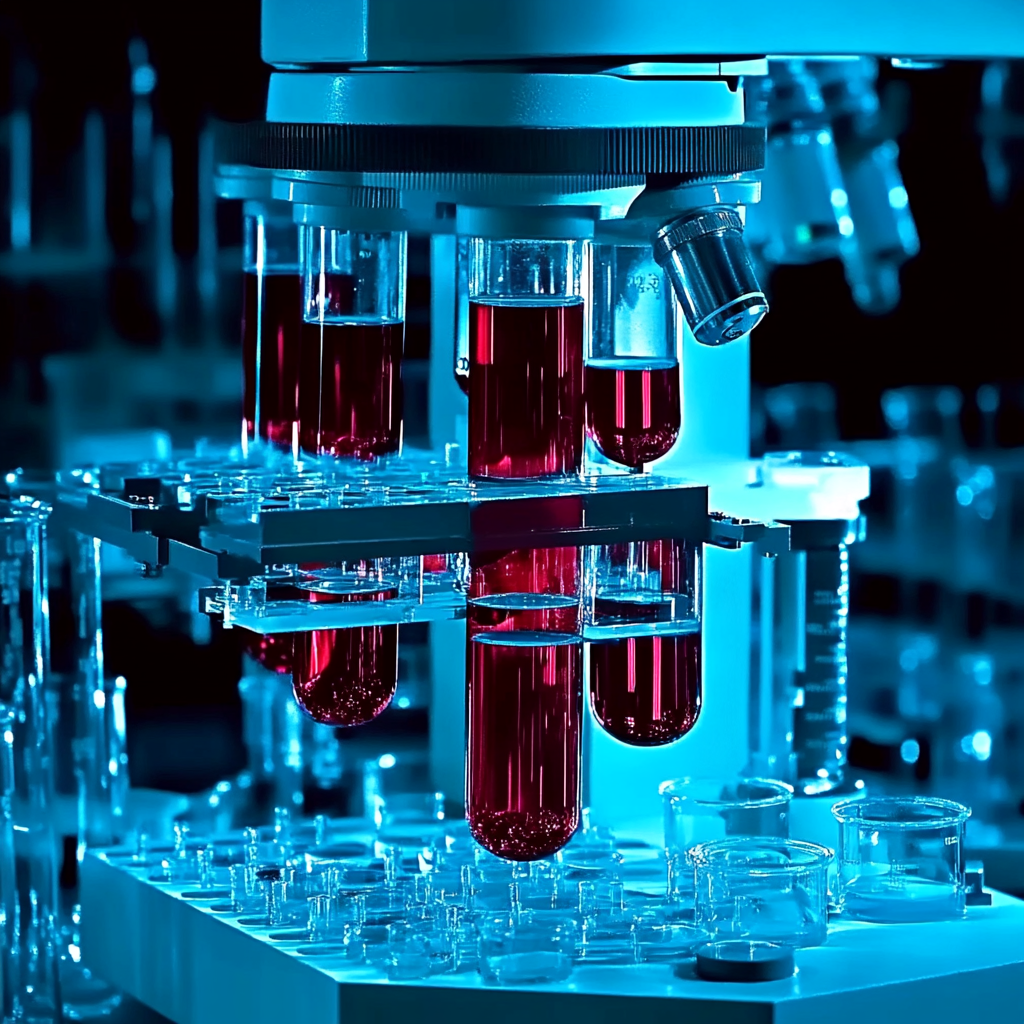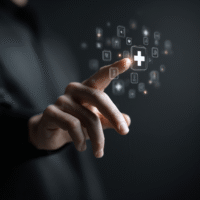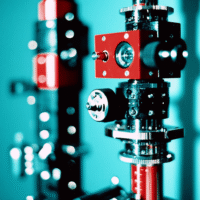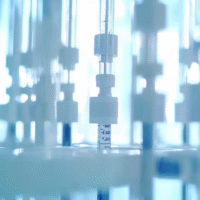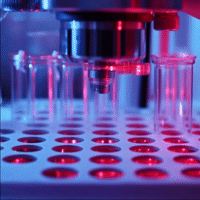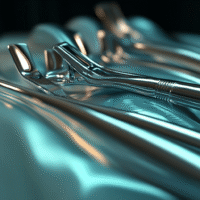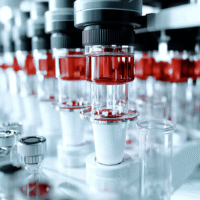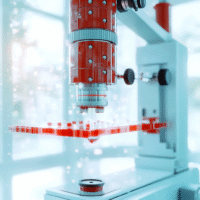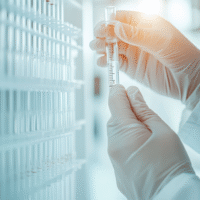Main Findings of the Study
This study looked at how stimulating a part of the brain called the cerebellum can affect how we process rewards. The researchers used a method called high-definition transcranial direct current stimulation (HD-tDCS) on 63 healthy adults. Some received real stimulation, while others received a fake version (sham).
What Worked?
- The group that received real stimulation showed better enjoyment and anticipation of rewards compared to the sham group.
- They also became more sensitive to rewards when they had to put in effort to earn them.
- Stimulation seemed to help with learning about rewards, but this effect depended on how the participants were feeling emotionally.
What Didn’t Work?
- The sham group did not show the same improvements and actually had a decline in their reward processing abilities.
How Does This Help Patients or Clinics?
The results suggest that stimulating the cerebellum could be helpful for people, especially those with mental health issues, who struggle with processing rewards. This could lead to better treatment options for conditions like depression or anxiety.
Real-World Opportunities
- Hospitals and clinics can consider using HD-tDCS as a new treatment method for patients with reward processing difficulties.
- Doctors can monitor patients’ responses to this stimulation to see if it helps improve their overall mood and motivation.
Measurable Outcomes
- Clinics should track changes in patients’ enjoyment of rewards.
- Monitor patients’ motivation to engage in activities that require effort.
- Assess emotional states to see how they affect reward learning.
AI Tools to Consider
AI solutions can help track patient responses and analyze data to improve treatment plans. Tools that monitor mood and motivation levels could be beneficial in conjunction with HD-tDCS.
Step-by-Step Plan for Clinics
- Start with a small group of patients who have difficulties with reward processing.
- Introduce HD-tDCS sessions, ensuring to monitor their reactions closely.
- Gather data on their enjoyment of rewards and motivation levels before and after treatment.
- Adjust treatment plans based on patient feedback and measurable outcomes.
- Gradually expand the program based on successful results and patient interest.
For more detailed information on the research, you can read the full study here.
